Gardening With Textures
Texture, the surface quality of objects, is an important element in garden design and compositions. A plant’s texture depends largely on the characteristics of its leaves, such as the shape, size, coarseness, smoothness, shade or tint. The concept of texture can also be applied to the appearance of tree barks.
In any landscape, you should aim to achieve contrast between various leaf textures. Common examples would be plants with fine and delicate textured leaves, like Selaginella (Spike Moss), Nephrolepis exaltata (Boston Fern) and Cuphea hyssopifolia (False Heather), used among the coarser textures of larger-leafed plants.
Why is it necessary to work with contrasting leaf textures? Simply put, your garden’s landscape may look monotonous, bland and boring if it features only one foliage texture. However, you should also be careful not to overdo it by using too many different leaf textures, as your landscape may end up looking "busy" and even confusing to the visitor’s view. A simple key to using texture effectively is to strike a balance between the plant qualities in your garden design. The various parts of the landscape should flow visually from one area to another, and lead the eye seamlessly.
You can also use texture to help guide visitors’ attention to individual components of the garden, rather than the whole composition. Conversely, if you use several textures that are relatively similar, your visitors will be more likely to focus on the garden as a whole, and may not stop to look at its individual details.
Finally, texture can also affect perceptions of distance and scale. A landscape planted up with large-leafed plants may feel smaller, compared to one filled with fine-textured foliage plants that can create a sense of a larger, more open space. Do try your hand at using texture in your garden landscape – the attractive results may surprise you!
By Pearl Ho
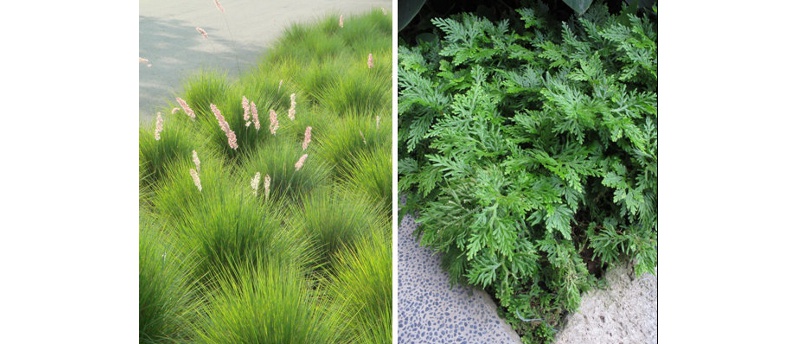
Plants with leaves that are fine in texture: (from left) Ruby Grass and Spike Moss.
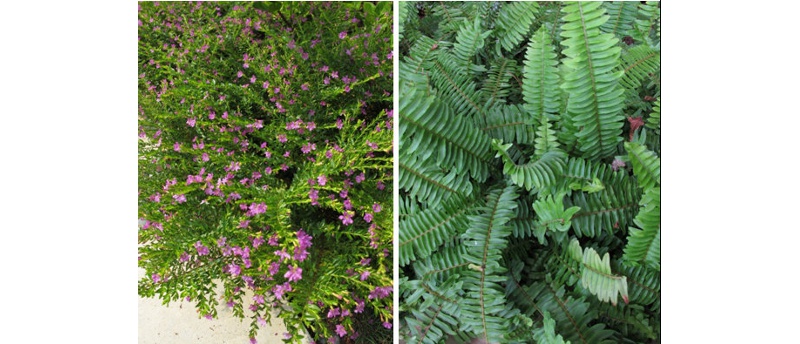
Plants with leaves that are fine in texture: (from left) False Hyssop and Boston Fern.
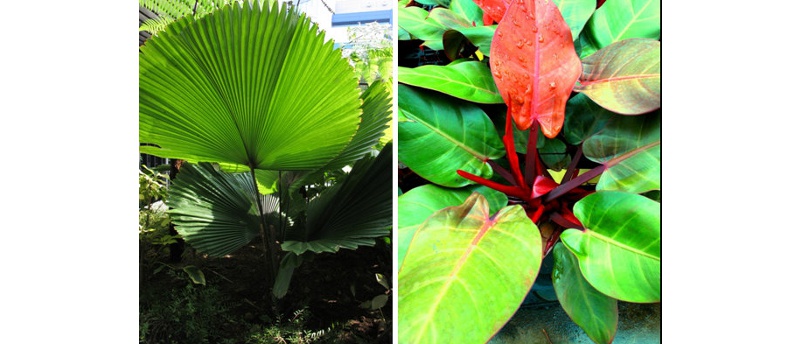
Plants with leaves with a coarse texture usually have large leaves: (from left) Licuala and Philodendron
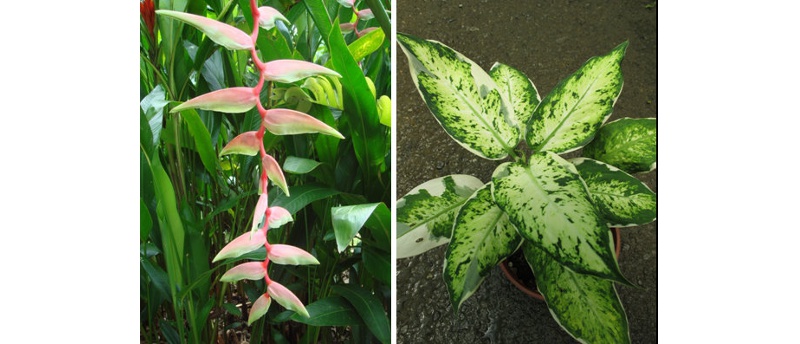
Plants with leaves with a coarse texture usually have large leaves: (from left) Dumbcane and Heliconia.
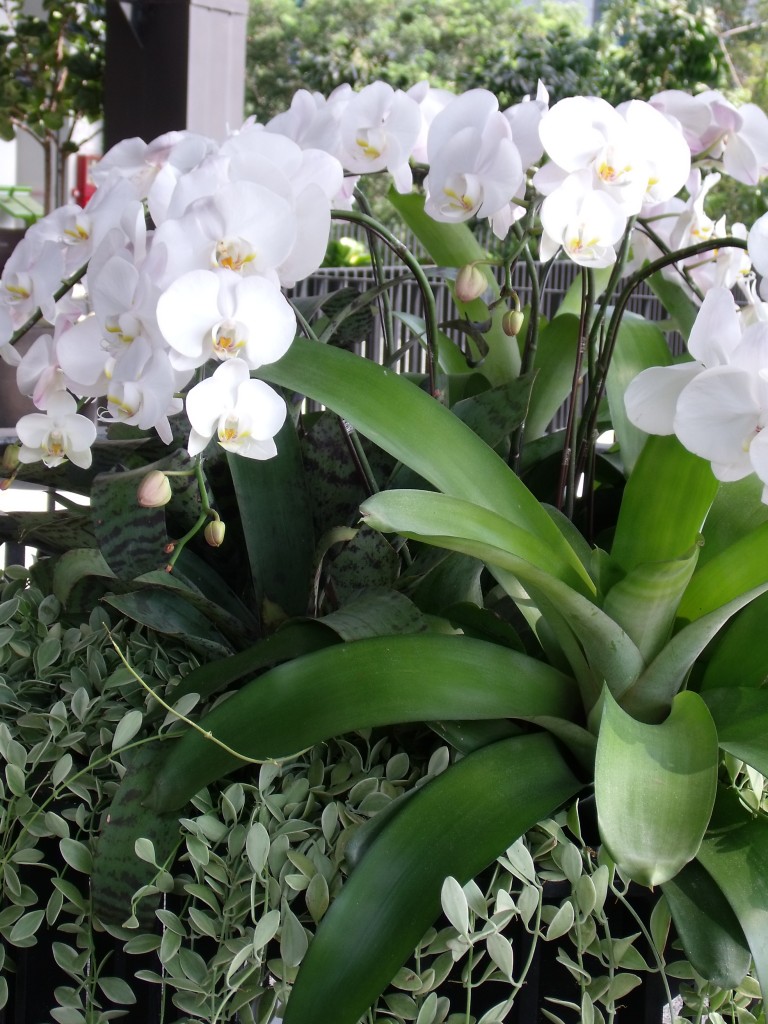
In this arrangement, the small leaves found on the pendulous stems of Dischidia sp contrast against the strong rosette growth form of a bromeliad plant (on the right) and the showy white flowers of several Moth Orchids.
In this stage decoration, Spike Moss, with its fine leaves, forms a border to soften the strong growth form of the bird nest ferns used in the arrangement.


Have views or comments on this article? Let us know via this form. If you would like to give us feedback on any other areas relating to our parks and gardens, please submit via https://www.nparks.gov.sg/feedback